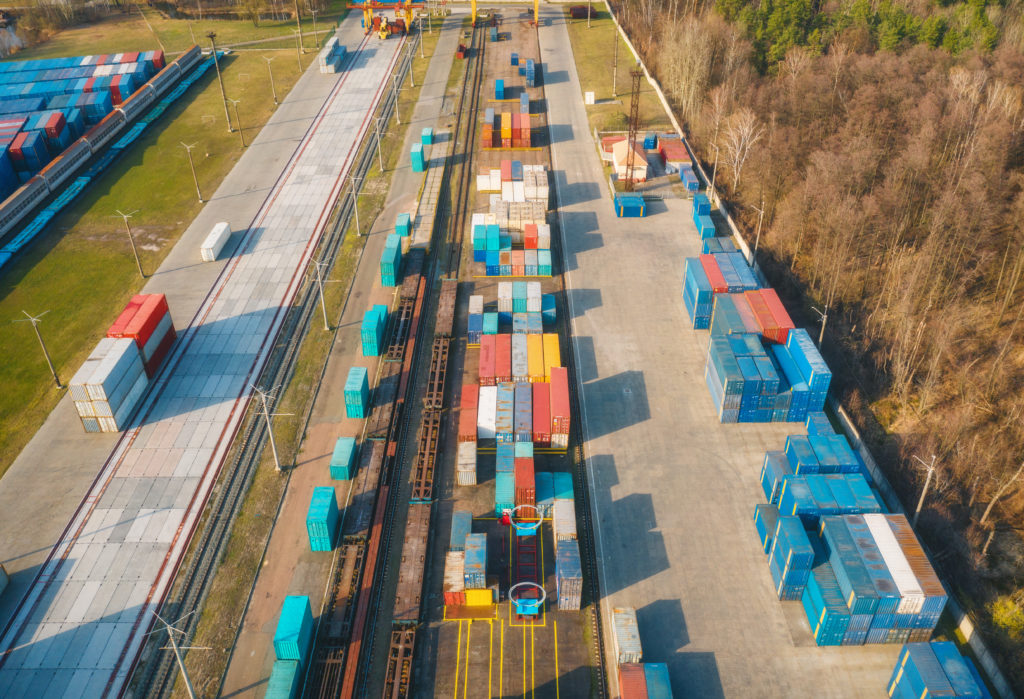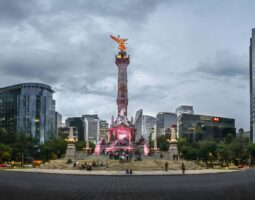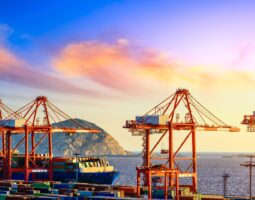Rail Carriers Set Space Constraints to Combat Congestion

Rail carriers are restricting space on trains to preserve the flow of intermodal networks amid robust import volumes. BNSF and Norfolk Southern have already placed constraints in response to rail ramp congestion.
High U.S. supply chain volume and widespread delays have rippled out to intermodal networks. Backed-up ports and parcel delivery strains have formed a two-pronged burden on rail carriers.
Volume and Delays Rampant, Putting Pressure on Rail
Port congestion is far from a new story. Extraordinary Asian import demands have mired marine terminals throughout the second half of 2020. As a result, the Ports of Los Angeles and Long Beach have reached their terminal container capacities. At the time of this writing, nearly 20 ships have been anchored and awaiting berth outside Los Angeles. Many vessels have anchored for as many as six days as port workers struggle to deal with the deluge of containers.
Other ports on the West, Gulf, and East coasts are also seeing record volumes.
Inevitably, the sheer bulk of these containers has disrupted inland rail operations further down supply chains. And with experts predicting imports to continue strong into 2021, rail carriers are not expecting a lull.
Retail and parcel shipping delays are driving rail disruptions as well. Online retail and e-commerce spending have shot up during the COVID-19 pandemic, thus boosting both import demand and parcel delivery volumes.
The USPS has seen packages delayed for days. Both UPS and FedEx are experiencing bottlenecks while splitting resources to deliver COVID-19 vaccines. Due to a shortage of trucks, the two carriers have even turned to loading trailers onto trains according to the JOC.
To top it all off, high rates are rampant throughout the trucking industry with drivers scarce and expensive. That means more freight is moving over to rail.
Peak Season Volume Extends into December
The flurry of historic freight volume and delays has caught intermodal rail operations on their heels. Rail volume tends to taper off in December. But record cargo volume and industry-wide setbacks are bucking that trend.
The JOC states that rail cargo volume is up more than five percent over the last 11 weeks and Week 49 alone saw a 10.7 percent volume growth.
Rail Carriers Act to Preserve Cargo Flow
Important intermodal hubs across the country are feeling the pressure. To help ensure continued cargo flow and avoid further delays, rail carriers are setting restrictions on how many containers their trains can carry.
According to Supply Chain Dive, BNSF has set up space constraints for trains leaving Los Angeles and Chicago. The aim is to help prevent intermodal facilities from reaching total stagnation and keep freight flowing effectively – even if that means delays.
The carrier’s holiday notice indicated that the restrictions may result in cargo delays of up to 48 hours. BNSF says that shipments could run late beyond Christmas and into the start of the new year.
Norfolk Southern has similar rules in place at locations in New York, Buffalo, and more.
Scarbrough is tracking this situation and will supply further updates as they are available. Contact Scarbrough International in the meantime, for current status of cargo transit via rail.

